Lewin's Three-Step Change Model
Kurt Lewin developed his three-step change model of Unfreeze > Move > Refreeze in the first half of the 20th century. Lewin’s model is based on the premise that the driving forces within a business must outweigh the resisting forces for a change to occur.
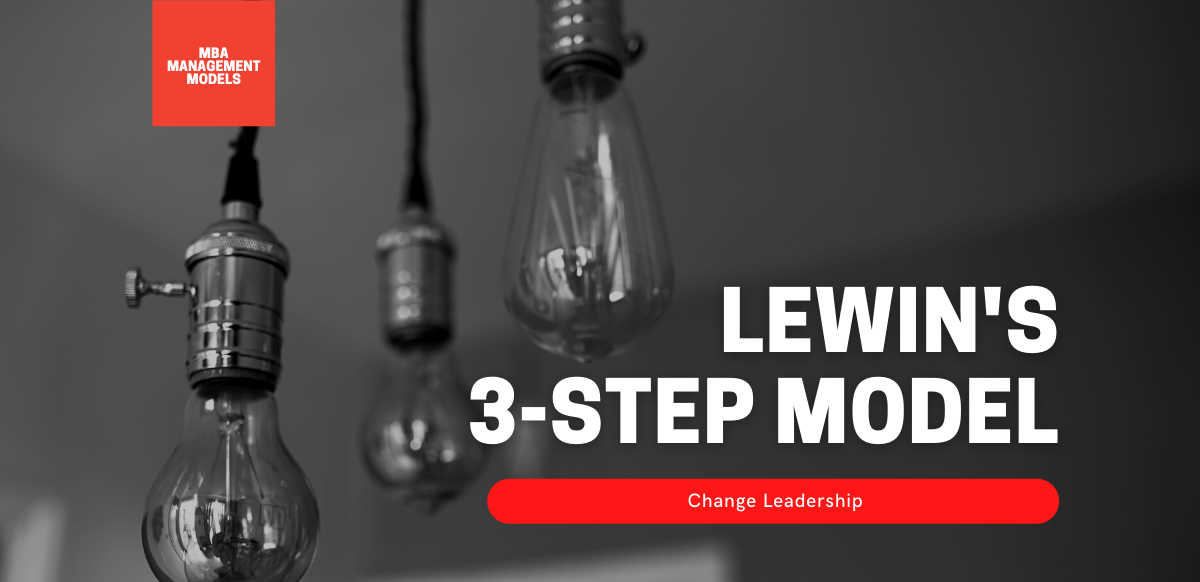
What it is
Lewin’s three-step model is a deceptively simple tool that enables change leaders to take a group of people through a process of long-lasting change. It is widely regarded and has become a staple of undergraduate and postgraduate business study programmes.
The model emphasises creating change that is deeply ingrained within an organisation so that the change becomes a permanent feature, or the new default way of working.
The three-step model is defined as:

Background
Kurt Lewin was a German psychologist living in the United States in the first half of the 20th century. He carried out pioneering research in many fields, most notably social, applied and organisational psychology. It was during this research that Lewin developed his force-field analysis and the related three-step change model.
Lewin became interested in the inhibitors to change and noted that change initiatives often failed due to an inability to maintain momentum, with organisations tending to slip slowly back into a previous state.
To counter this natural homeostasis, Lewin suggested that a new state of equilibrium must be moved towards with intent and then consolidated and reinforced.
Although Lewin never applied the model directly to organisational change initiatives, business academics later in the 20th century became interested in applying it to their field. It has since proved itself as an effective means of managing planned change on several high-profile transformation programmes across a range of industries and was used to perform a comprehensive analysis of the privatisation of UK airline British Airways in the 1980s by Goodstein and Burke (see Further reading).
When to use it
- When creating a plan for sustained change within an organisation.
- To prevent a change from reverting to its previous state.
- To analyse the likelihood of a successful transformation initiative.
- To counter resistance to change.
How to use it
As with many change models, much of the implementation activity depends largely on the context in which the transformation is to be accomplished. However, the following sections provide an overview of the three steps defined by Lewin and the preceding force-field analysis.
Force-field analysis
Force-field analysis provides a helpful way to enable a guiding coalition (see Kotter's Eight Steps) to discuss and agree on the potential forces acting for and against the change they wish to accomplish. The output of this analysis provides valuable input into the Unfreeze stage of the three-step change model.
A force-field analysis helps leaders to visualise and identify those forces which are acting to promote the proposed change ("driving forces") and those which are working to resist it ("inhibitors").
Example driving forces are items such as well-trained staff, more efficient production, expansion into new markets or prospects of team growth and promotion. Example inhibitors may be inadequate training of workers, fear of the unknown, tight budgets, an inappropriate culture or an unclear vision.
The analysis can be visualised effectively in a diagram that shows the relative strength of each of these forces as arrows of proportionate length and can be built collaboratively in a workshop setting.
The following shows a simple force-field analysis diagram for illustration:
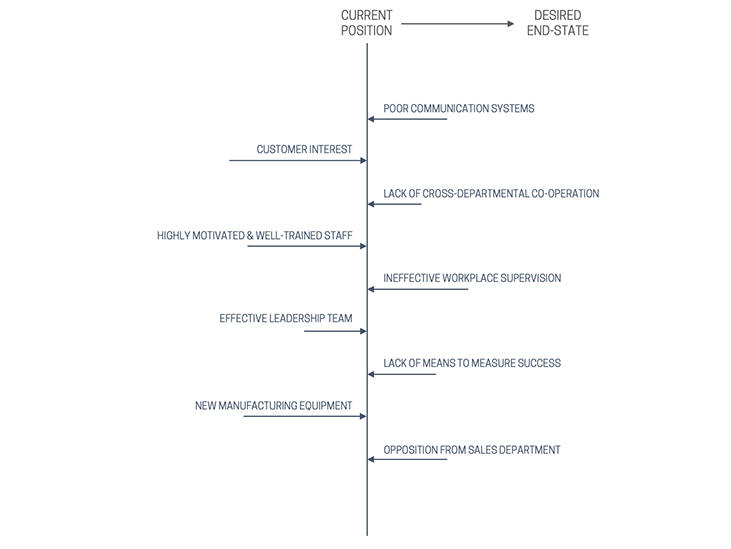
The creation of such a diagram helps to highlight the key driving forces and inhibitors to change, recognises the dynamic nature of the change process and enables leaders to:
- Assess whether the change is worth undertaking.
- Work to minimise the effectiveness of inhibitors.
- Work to exploit and maximise the driving forces.
- Look for opportunities to convert inhibitors into driving forces.
- Communicate the gap between the current state and end state to involved parties.
- Agree on a change plan and roadmap.
Once the force-field analysis is complete, the Unfreeze > Move > Refreeze stages can commence. It is important to remember, however, that transformation initiatives often happen within very dynamic environments, so it is wise to revisit the force-field analysis periodically to maintain accuracy.
Unfreeze
The aim of the Unfreeze stage is to disturb the status quo by making people aware of the need for change and eradicating existing working practices and ideas that stand in the way.
One of the key findings within Lewin's research is that change can only be accomplished when there is a "felt need" within the group. This is commonly considered as being best achieved by creating a collective sense of ownership through active participation in the planning and change processes.
Move
In the Move stage, the transformation occurs. Old practices and behaviours are abandoned and new ones adopted in order to achieve the desired end-state.
During the Move stage, leaders should be conscious of the need to set up a safe environment for people to fail without repercussion. If the changes required are anything other than trivial mistakes will be made, but if people fear failing, there is a danger that they will stop innovating and trying to find solutions.
Refreeze
This final stage, Refreeze, is vital to consolidate the change and ensure that it sustains. Here leaders should aim to reinforce the new, desired behaviours and set them as "the new normal" by rewarding success and establishing new standards. Without this stage, the change will not become permanent and old ways of thinking and working will reappear.
Frequently asked questions (FAQs)
How do Lewin's three steps relate to other change models?
Those familiar with additional change processes may have noticed similarities with other models. Many of the stepped models developed in the last few decades have built on Lewin's work. For example, The following diagram shows how Lewin's three-step model relates to Kotter's Eight Steps:
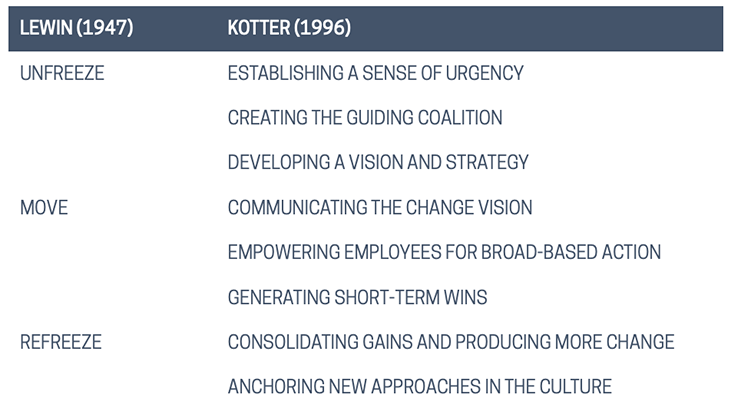
Knowledge of other stepped models will give useful insights into the activities required within each of Lewin's three steps.
Related models
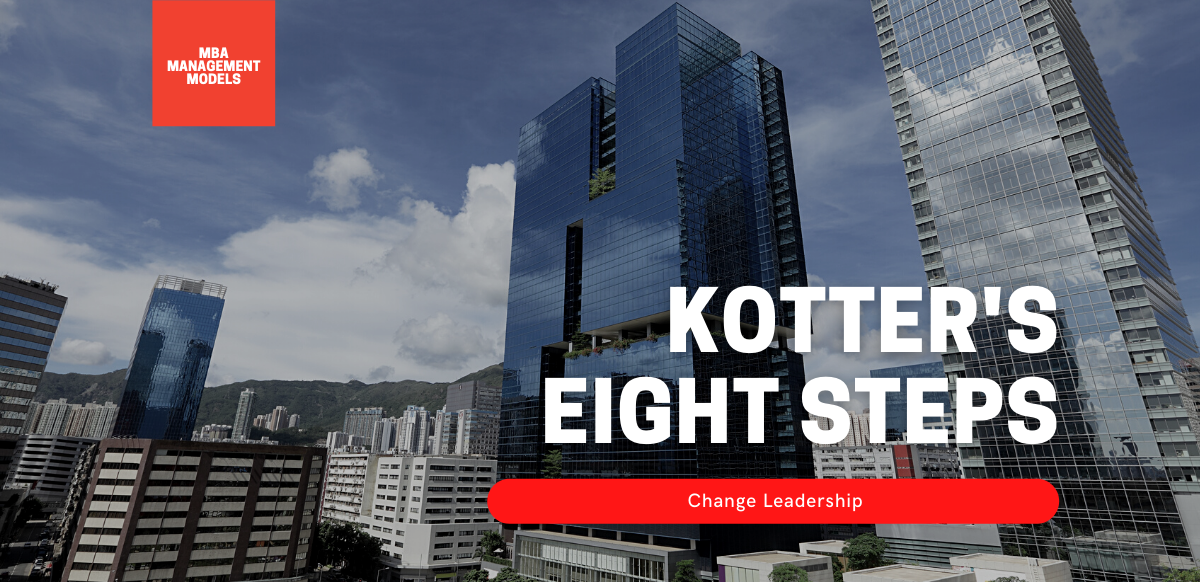
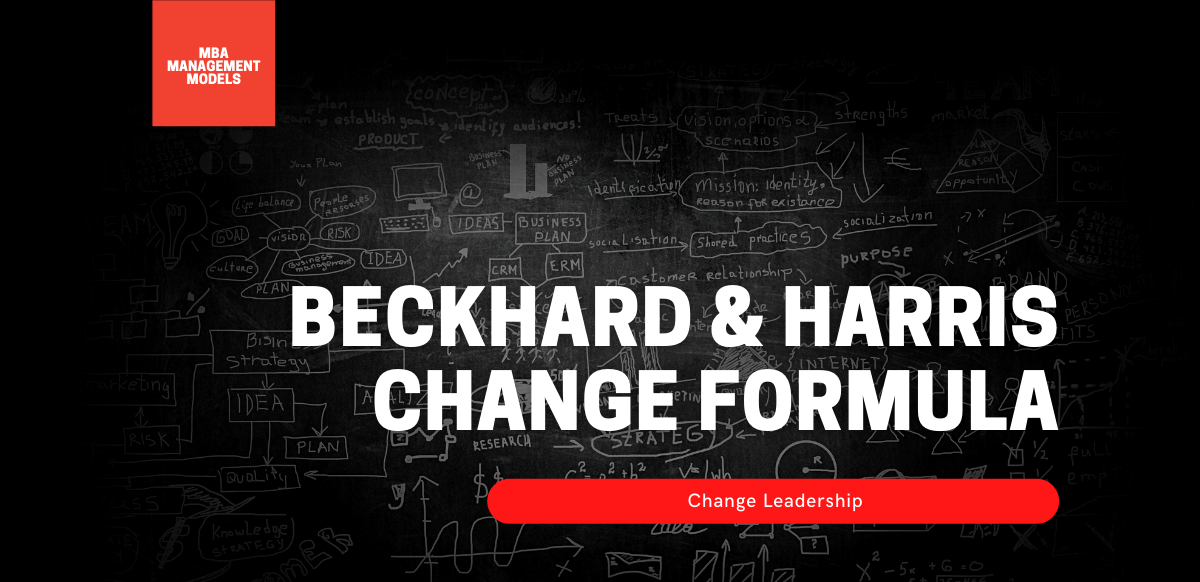
Further reading
Goodstein, L. D. and Burke, W. W. (1991) Creating successful organization change. Organizational Dynamics, 19(4) 5-17.
Hussain, S. T., Lei, S., Akram, T., Haider, M.J., Hussain, S.H. and Ali, M. (2018) Kurt Lewin's change model: A critical review of the role of leadership and employee involvement in organizational change. Journal of Innovation & Knowledge, 3(3) 123-127. Available from https://www.sciencedirect.com/science/article/pii/S2444569X16300087 [accessed 2 September 2021].
King, D. and Lawley, S. (2019) Organizational Behaviour, 3rd edition. Oxford, UK: Oxford University Press.
Some of the links to products provided in this article are affiliate links. This means that the supplier may pay the owner of this website a small amount of money for purchases made via the link. This will have absolutely no impact on the amount you pay.


